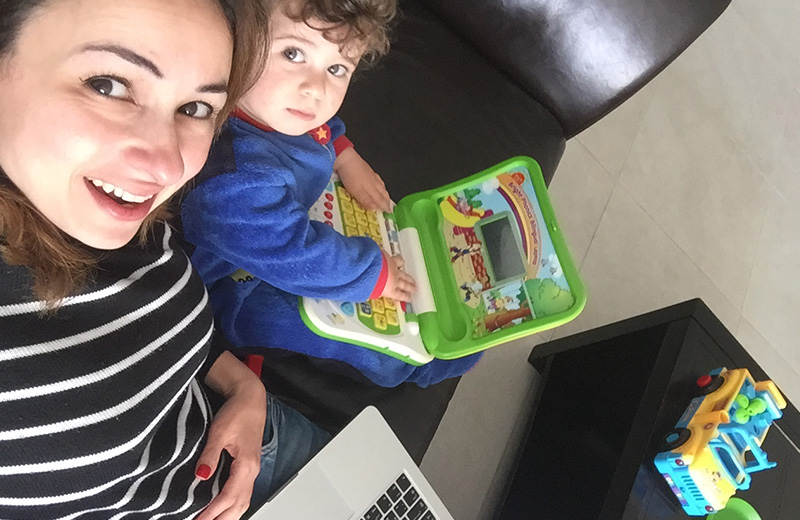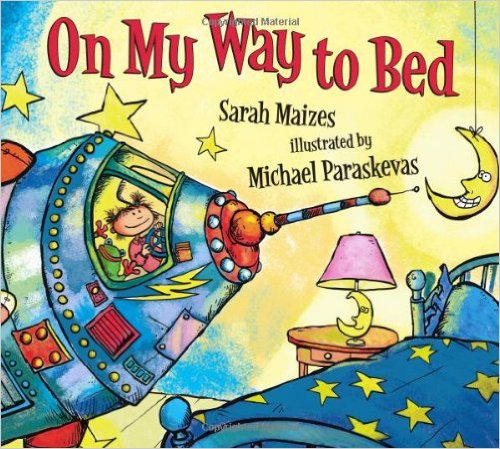The role of the father during childbirth

Many prospective fathers are fearful of childbirth, more importantly, they are concerned about their role, what should they do? What should they say?
For centuries childbirth was the domain of women, a mysterious event which fathers were kept away from and later presented with a cleanly wrapped baby.
Dads are now much more inclined to want to be part of the process.
They research birth and attend antenatal and hypnobirthing classes and do everything they can to support their partners. My classes are generally attended by both mum and dad and I love to see dads genuinely excited and in awe of the wonderful job their partners are doing in growing and delivering their children. (Know more about Hypnobirthing to Ease the Pain of Labor and Childbirth)
Research shows that mums are much more likely to have a positive birth experience if they have the benefit of the support and presence of their partners. Interestingly mums with constant support tend to encounter fewer breastfeeding issues and incidences of postnatal depression are lower.
An informed dad is much more likely to be a valuable birth partner. By understanding the birth process a dad will have much more understanding of what is happening to his wife and baby. Birth can appear frightening and a man who is accustomed to being in control can feel out of his depth. It is hard for dads to see their partners in discomfort but it is important for them to know that there are things they can usefully do.
Simple nurturing is the absolute must for a dad. He may feel that he isn’t doing anything useful but rest assured, his presence and kind words are often all a laboring mum needs.
Checklist for dad on the day!
-
Hand over any antenatal notes to the midwife
-
Discuss the birth plan with the midwife/health professionals
-
Ensure the environment is as perfect as it can be (draw curtains, lower lights, smells)
-
Ensure the mother remains undisturbed as much as possible
-
Ensure music/relaxation tracks are on in the background
-
Give drinks and snacks when necessary (ensuring mum is kept hydrated)
-
Use soothing strokes, light touch massage
-
Remind mum of facial relaxation
-
Help mum with relaxation, reading hypnobirthing scripts etc
-
Look out for signs of tension and use relaxation techniques to bring her back to a state of calm
-
Whisper positive, loving comments: you can do it, I love you so much, you are calm and relaxed
-
Comfort her and be by her side
-
Hold her hand
-
Ensure her temperature is comfortable
-
Oxytocin stimulation if needed.
Signs for the birth partner to look out for a labor advances
-
Any spotting of blood can indicate downward pressure which can be a good sign labors advancing
-
Her body temperature may rise or fall, one minute she may be too hot, the next too cold, this is normal!
-
She may need to open her bowels
-
Hiccuping, burping, vomiting can occur, many dads find this alarming but it is a positive thing!
-
Sometimes a mum will get an urge to escape or declare that she cannot do this anymore. This sign is actually one of the most exciting as it tends to mean that the birth is imminent.
One of the most important roles for dad is that of advocate and protector of the birth experience.
Having discussed birth preferences and plans during pregnancy a dad will be aware of mums most important concerns/desires. He should be prepared to ask useful questions, to be an “information gatherer”. A dad should be prepared to make decisions on behalf of him, his partner and his baby.
Sometimes difficult decisions may need to be made for the sake of mum and/or baby, possibly deviating from the original plan but for good medical reasons.
Using the following can help keep you focused:
BRAINS
-
B – Benefits (what are the benefits of the course of action suggested?)
-
R – Risks (what are the risks involved?)
-
A – Alternatives (what else can be tried?)
-
I – Instinct (Follow your instincts)
-
N – Nothing (What would happen if you do nothing?)
-
S – Smile (Smile and remember to stay calm, relaxed and in control)


















